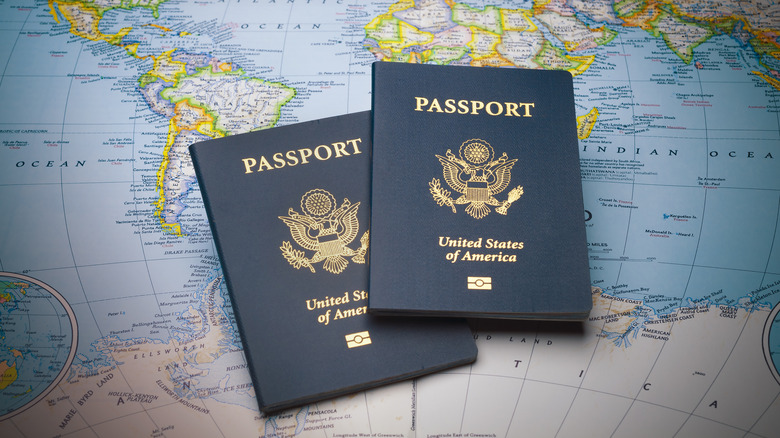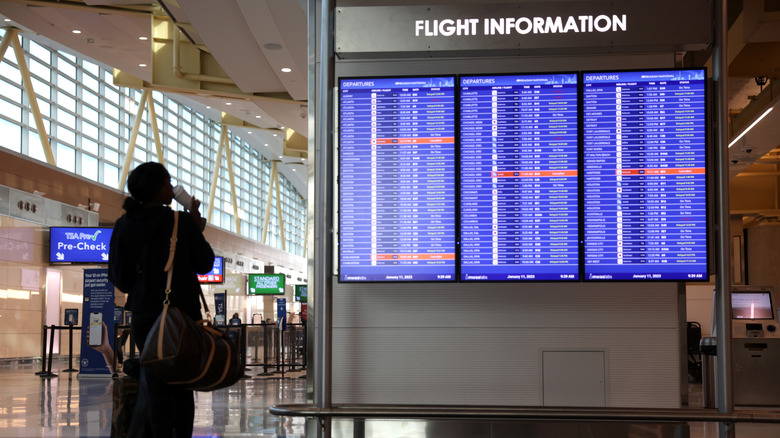Travel Guides International Passports
Laura Jones
If you’re thinking about renewing your passport or applying for your first one, you might have come across the passport card on the U.S. Department of State website. A passport card is much cheaper than a passport book, but can it replace your regular passport? The answer is maybe.
Both a passport card and a passport book are travel documents issued by the federal government. You apply for a passport card using the same form you use to apply for a passport book, and you’ll receive a plastic card that will fit in your wallet. The card will have your photo on it, as well as your name, nationality, date of birth, and other relevant details. It will be valid for 10 years for people aged 16 years and over. The portability of a passport card is one of its big benefits. The other benefit the card has over a passport book, as we mentioned above, is that it’s far cheaper. Think $30 rather than $130 for applicants who have already held a passport book. With this hugely discounted price, it seems like a no-brainer to plump for a passport card. However, there are caveats to where it can be used.
Where can I use a passport card?

Maudib/Getty Images
You can use a passport card at land border crossings and sea ports of entry into the United States from Canada, Mexico, Bermuda, and Caribbean countries. You cannot use a passport card for international air travel. So, driving from Seattle to Vancouver: passport card permitted. Flying from Seattle to Vancouver: passport book needed. According to the U.S. Department of State, the passport card was primarily created for U.S. citizens who live near a border crossing and who travel across the border frequently by land.
A passport card may also be a good option for those who cruise roundtrip from U.S. ports, for example from San Diego down to Mexico. However, the Department of State recommends carrying a passport book with you on cruises, too, in case you need to return to the U.S. by air. Remember, you cannot fly internationally with a passport card. You can, however, fly domestically with your passport card; it will be accepted by TSA.
What’s the difference between a passport card and an enhanced driver’s license?

Alex Wong/Getty Images
Both a passport card and an enhanced driver’s license (EDL) are Real ID-compliant documents. What does that mean? From May 7, 2025 travelers aged 18 years and over will need a Real ID to fly domestically within the United States, so you will be able to use either document to board an airplane from Phoenix to New York City, for example. You can also use an EDL to travel into the United States from a Canadian, Mexican, Bermudan, or Caribbean land or sea port of entry. So far, so similar to the passport card.
The cost of an EDL varies, but in Minnesota, for example, it is an additional $15 on top of the fee for a driver’s license. So, both the EDL and a passport card are relatively affordable. However, EDLs are currently only available to residents of certain states, while a passport card can be obtained by any eligible U.S. citizen. In sum, a passport card is an excellent choice for those who don’t have or can’t get an EDL, and for anyone who travels between eligible countries by land or sea and who doesn’t want to carry their regular passport.

